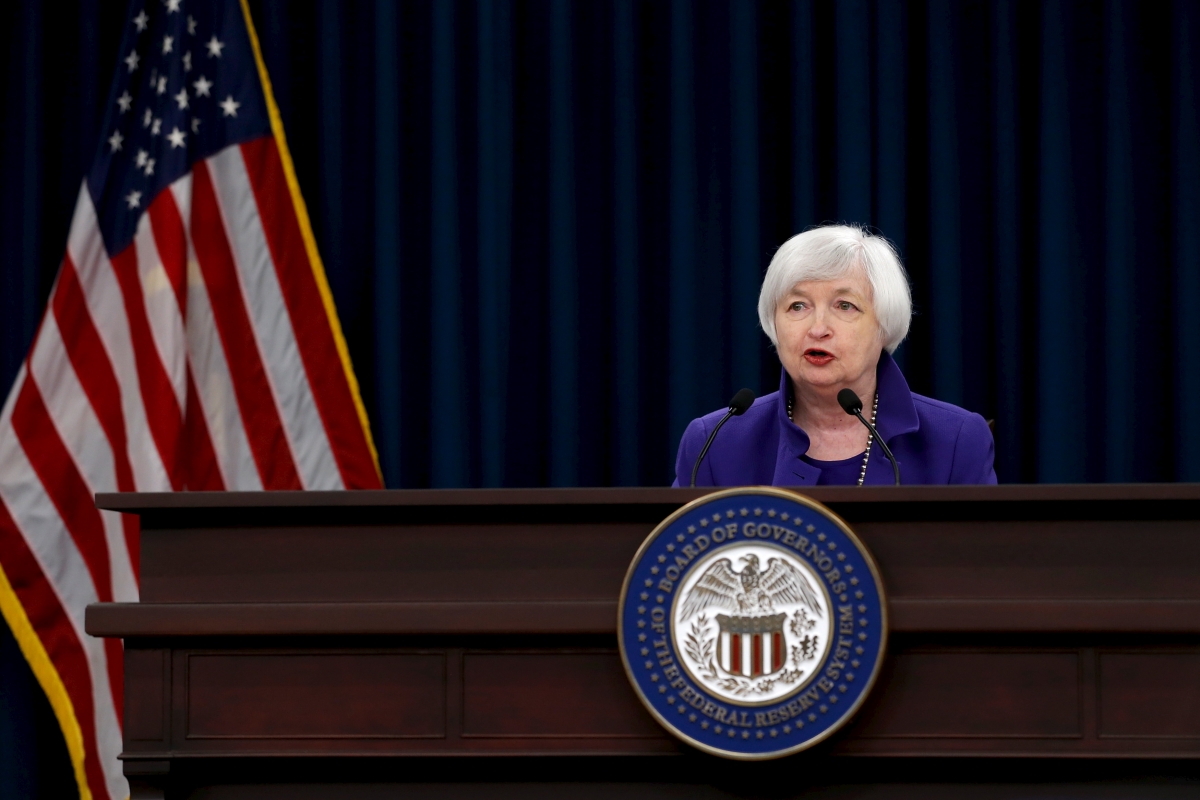The Federal Reserve raised its key interest rate on Wednesday Dec 16,2015 from a range of 0% to 0.25% to a range of 0.25% to 0.5%.
Rates have not been increased since 2006.
The decision by the Fed's rate-setting committee was unanimous. They have taken action because they judge that the US economy is now strong enough to be weaned off the life support of low rates that have sustained the recovery. US stock markets rose.

The rate hike is a small one, but it will affect millions of Americans, including investors, home buyers and savers.

On Wednesday, the Fed's committee improved its economic outlook. Compared to its last forecast in September, the Fed raised its expectations for growth next year to 2.4%, up from 2.3%. It also lowered its projection for unemployment in 2016 to 4.7%, down from 4.8%
The main signal that the move sends – that the US economy is now on a path of recovery -- seems to have buoyed the sentiment worldwide.
The first move has been made, but this does not mean that the era of
cheap money is over. There are various factors that will ensure that
adequate finance is available to companies and government, that are
struggling, so that the feeble global economy is not derailed. One,
while the Fed has hiked its target rate, it is no hurry to sell the
bonds and other assets it has purchased as part of its quantitative
easing programme over the six years from 2009.
The FOMC statement states, “The Committee is maintaining its existing
policy of reinvesting principal payments from its holdings of agency
debt and agency mortgage-backed securities in agency mortgage-backed
securities and of rolling over maturing Treasury securities at auction,
and it anticipates doing so until normalisation of the level of the
federal funds rate is well under way.”
This means that the Fed will ensure that the rate hikes are assimilated
before selling those bonds and sucking out liquidity from the system.
Two, even as the Fed is on a rate hiking cycle, other central banks
including the European Central Bank, the People's Bank of China or the
Bank of Japan are in no hurry to follow suit. They will continue to
infuse liquidity in to their economies; thus balancing the Fed’s gradual
move towards normalisation.
Three, the rate hike made on Wednesday is far lower than the average Fed
funds rate that has prevailed in US over the years. For instance the
average funds rate between 1993 and 2000 was 5 per cent and between 2003
and 2006, the average rate was 3 per cent. The Fed is currently
ensuring that rates remain far below these averages for some time in
near future.
India better placed than peers to deal with impact of Fed rate hike
India is better placed than many of its peers to deal with the impact of
the US Fed rate hike, according to Thomas Rookmaaker, Director,
Sovereign Ratings, Fitch Ratings.
He observed that though India is not immune to potential general
emerging market jitters related to the Fed lift-off, it is better placed
than many of its peers for a number of reasons.
“First, its external balances have significantly improved since
mid-2013, with foreign exchange reserves rising by some $65 billion to
$353 billion as of November 2015 and the current account deficit
narrowing.
“Second, India is less dependent than several of its peers on commodity
exports, and has thus not been negatively affected by the global rout in
commodity prices,” said Rookmaker.
Third, only a small part of India’s sovereign debt is held by foreigners or is denominated in foreign currency.
Fourth, India’s favourable economic growth outlook makes it relatively attractive for foreign investors.
No comments:
Post a Comment